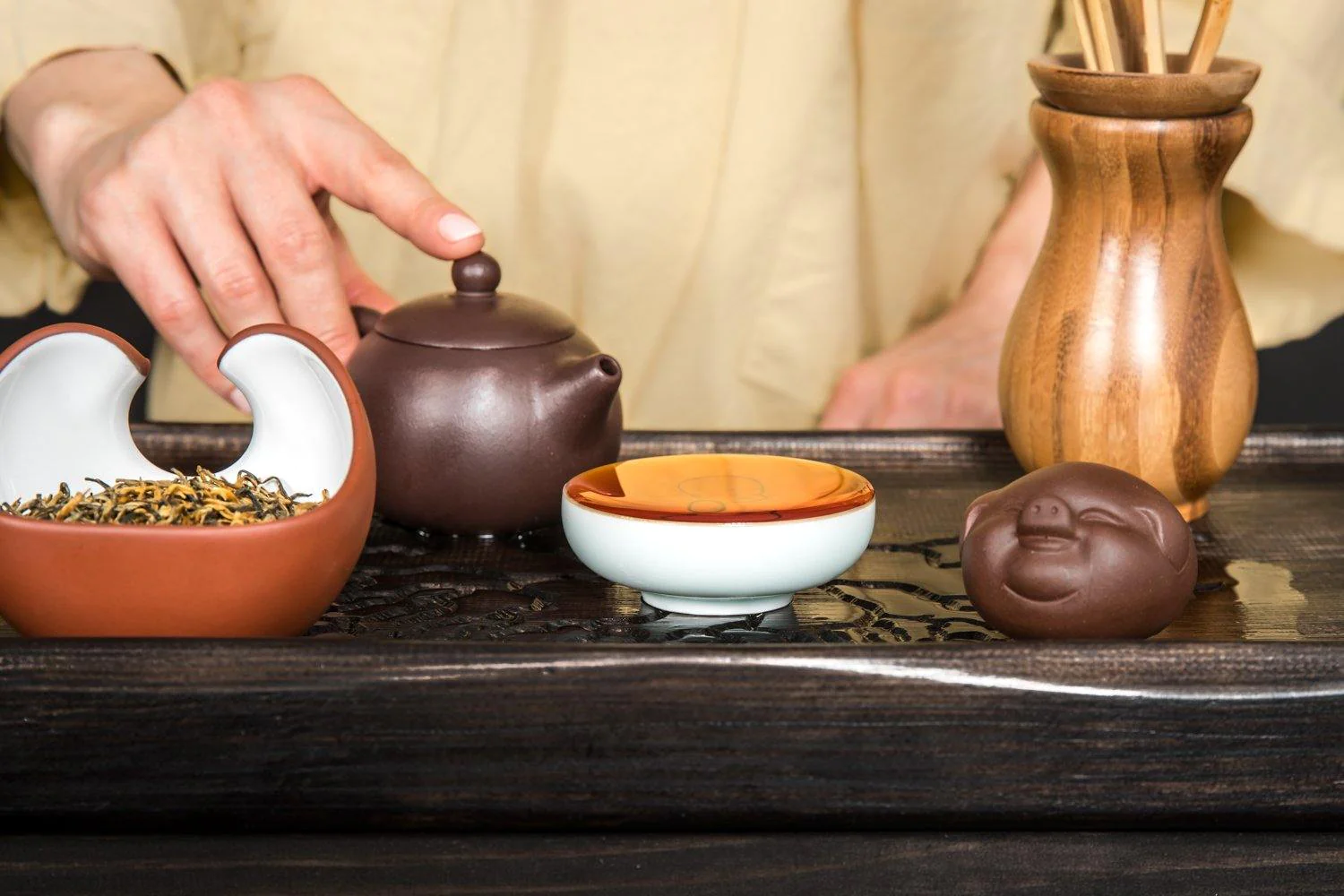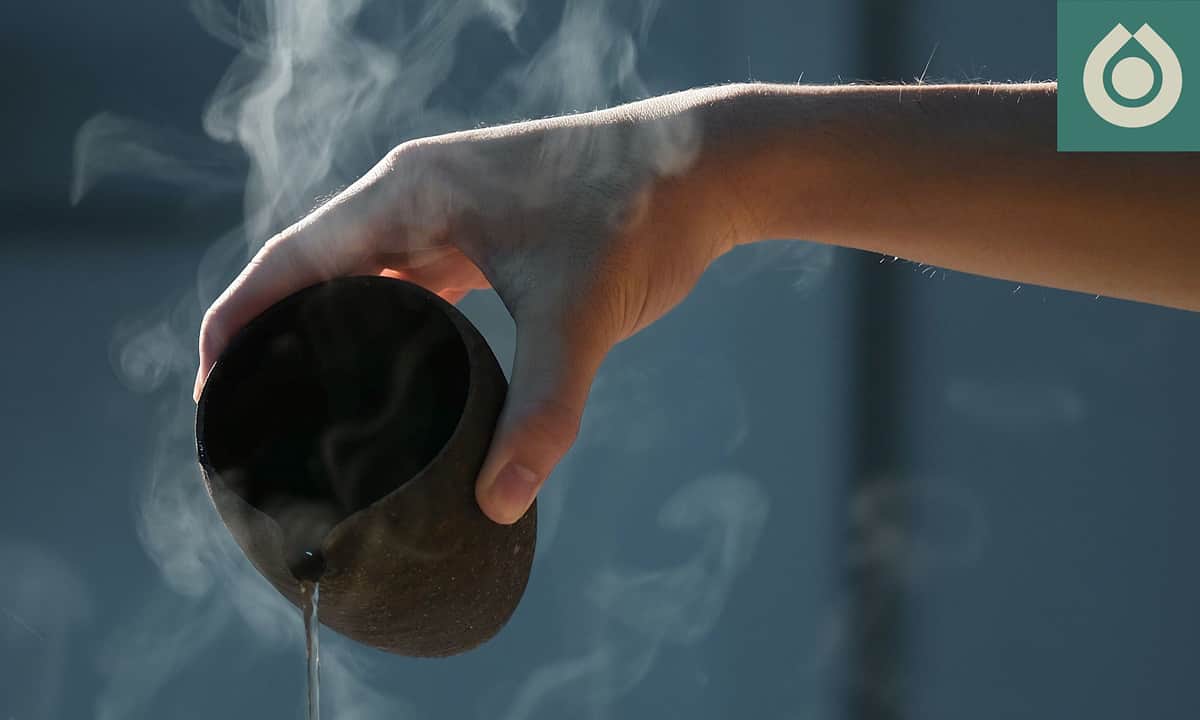Chinese tea culture is an ancient and rich tradition that dates back thousands of years. Tea is not just a beverage in China, but a way of life. It is deeply ingrained in Chinese culture, history, and daily rituals. In this blog post, we will explore the fascinating world of Chinese tea culture, its history, traditions, and practices.
History of Chinese Tea Culture
Tea has been a part of Chinese culture for over 5,000 years. The earliest recorded mention of tea can be traced back to the Shennong Bencao Jing, a Chinese herbal medicine text written in the 3rd century BCE. Tea was initially used for medicinal purposes, but it soon became popular as a beverage.
The Tang Dynasty (618-907 CE) is considered the golden age of Chinese tea culture. During this time, tea became a staple of Chinese life, and tea ceremonies began to emerge. The Song Dynasty (960-1279 CE) saw the development of the tea industry, and tea became a major commodity in China.
Types of Chinese Tea
China is home to many different types of tea, each with its unique flavor, aroma, and health benefits. Here are some of the most popular types of Chinese tea:
- Green tea: Green tea is the most commonly consumed type of tea in China. It is made from unfermented tea leaves and has a light, delicate flavor. Some famous Chinese green teas include Longjing (Dragon Well) and Biluochun (Green Snail Spring).
- Black tea: Black tea is fully fermented tea leaves, giving it a robust and bold flavor. The most famous Chinese black tea is Keemun, which has a smoky and fruity flavor.
- Oolong tea: Oolong tea is a partially fermented tea, with a flavor that falls between that of green and black tea. It is a complex and layered tea with a range of aromas and flavors. Famous Chinese oolong teas include Tie Guan Yin (Iron Goddess) and Da Hong Pao (Big Red Robe).
- Pu-erh tea: Pu-erh tea is a fermented tea that is aged for several years. It has a rich and earthy flavor and is believed to have health benefits such as aiding digestion and reducing cholesterol levels.
One fun fact about Chinese tea culture is that in some traditional Chinese tea ceremonies, the host will pour tea into the guests’ cups until the tea overflows. This is done to show respect and hospitality, as it symbolizes that the guests are being treated to the best the host has to offer.
However, the guests are expected to show their appreciation by not drinking the tea immediately, but instead using the tea fragrance to appreciate the aroma before taking a sip. This tradition is called “Gongfu Cha,” which translates to “making tea with skill.”
Chinese Tea Ceremony
Tea ceremonies are an integral part of Chinese tea culture. A tea ceremony is a formal and ritualized way of preparing and serving tea, with a focus on the art of tea-making and the enjoyment of tea. There are many different types of Chinese tea ceremonies, each with its unique traditions and practices.
One of the most famous Chinese tea ceremonies is the Gongfu Cha, which originated in the Chaozhou region of China. Gongfu Cha involves the use of a small clay teapot, a tea tray, and a set of small cups.
Gongfu Cha, also known as “kung fu tea,” is a traditional Chinese tea brewing method that originated in Fujian Province and is now widely practiced throughout China and other parts of the world. Gongfu Cha is characterized by its precise and meticulous approach to preparing tea, which emphasizes the use of small teapots and a high tea-to-water ratio.

The Gongfu Cha process involves several steps, including warming the teapot and cups, rinsing the tea leaves, and making multiple infusions of the tea using short steeping times. The tea is typically served in small cups, and the process of pouring and serving the tea is often considered an art form in itself.
It is highly valued for its ability to extract the full flavor and aroma of the tea leaves and create a complex and nuanced sensory experience. It is also thought to reflect the principles of mindfulness, harmony, and balance that are central to Chinese culture.
Today, Gongfu Cha has become popular among tea enthusiasts around the world, who appreciate its precise and elegant approach to tea preparation. Whether practiced at home or in a tea house, Gongfu Cha offers a unique and immersive way to explore the rich and fascinating world of Chinese tea culture.
Chinese tea culture has evolved over time, through different dynasties
Tea has a rich history in China and has been an integral part of Chinese culture for thousands of years. Tea culture has evolved over time and has been influenced by different Chinese dynasties. Here are some of the different Chinese tea cultures in different Chinese dynasties:
- Tang Dynasty (618-907 AD)
The Tang Dynasty was considered a golden age in Chinese history. During this period, tea became a popular drink among the Chinese people. Tea was mostly consumed by the elite and was seen as a symbol of wealth and status. The Tang Dynasty was also known for its tea ceremonies, which were elaborate and involved many different steps. It was during this time that tea was first used for medicinal purposes.
- Song Dynasty (960-1279 AD)
The Song Dynasty saw the emergence of tea houses, where people could gather and enjoy a cup of tea together. During this time, tea was no longer just for the wealthy, but was also consumed by the common people. The Song Dynasty was also known for its tea production, with many different varieties of tea being produced in different regions of the country.
- Ming Dynasty (1368-1644 AD)
The Ming Dynasty is known for its contribution to the art of tea. During this time, the teapot became an important part of tea culture, and many beautiful teapots were made by skilled artisans. The Ming Dynasty was also known for its tea trade, with tea being exported to many different countries.
- Qing Dynasty (1644-1912 AD)
The Qing Dynasty saw the rise of the tea ceremony, which became a formalized practice with strict rules and etiquette. Tea was seen as a way to cultivate one’s character and was considered an important part of Chinese culture. During this time, many different types of tea were produced, including green tea, black tea, and oolong tea.
- Modern China (1912-Present)
In modern China, tea culture is still an important part of Chinese society. Tea is consumed daily by millions of people, and tea houses can be found in many cities and towns across the country. Tea has also become an important part of Chinese diplomacy, with tea being served at state functions and meetings.
Health Benefits of Chinese Tea
Chinese tea is not just a delicious beverage; it also has many health benefits. Here are some of the benefits of drinking Chinese tea:
- Antioxidants: Chinese tea contains antioxidants, which can help to protect the body from damage caused by free radicals.
- Lowered risk of chronic diseases: Drinking Chinese tea has been linked to a lower risk of chronic diseases such as heart disease, diabetes, and certain types of cancer.
- Improved digestion: Some Chinese teas, such as Pu-erh tea, are believed to aid digestion and promote gut health.
Conclusion
In conclusion, Chinese tea culture is a captivating and ancient tradition that is deeply intertwined with the country’s history, art, literature, and philosophy. Its unique tea ceremony, rich aesthetic and cultural significance, and numerous health benefits have made it a beloved and enduring aspect of Chinese society.
As interest in traditional Chinese culture continues to grow around the world, Chinese tea culture is gaining new admirers and enthusiasts from all walks of life. Whether enjoyed alone or shared with others, Chinese tea offers a meditative and enriching experience that can provide a sense of peace and harmony in our busy modern lives.
So, the next time you take a sip of your favorite Chinese tea, take a moment to appreciate the fascinating and ancient culture that brought it to you.
Originally posted 2023-02-11 11:24:36.


Thanks for the informative website. I have learned loads about the Chinese tea culture here. Keep up good work!
@Situs: Appreciated!